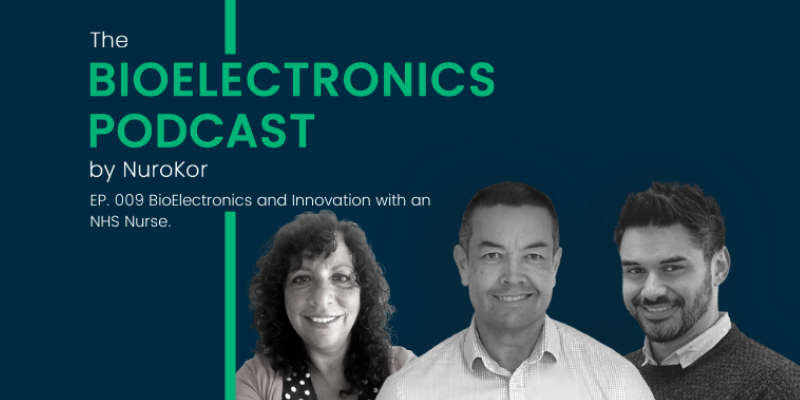Anyone who has suffered from back pain will know just how debilitating it can be. According to the NHS, approximately 8 in 10 people experience back pain at some point in their lifetime. Back pain does not discriminate, and people of all ages, both male and female, can suffer from back pain ranging from a dull, constant ache to a sudden, sharp sensation that leaves the person incapacitated.
Back pain can develop without an obvious cause which can leave patients frustrated. In other cases, it is very clear what has caused the back pain, such as; a muscle or ligament strain from lifting or overuse, a bulging or ruptured disk, or an accident. Back problems can also be linked to conditions such as arthritis or osteoporosis.
A BACK INJURY
For Olympic alpine skier Charlie Guest it was a ski training accident which started her back problems:
“In 2014, I broke four vertebrae during a training crash in Sweden. It is an injury that will be with me for the rest of my life, but it has taught me to manage my body and over time I have become really tuned into the recovery that I need."

"Following my injury, my upper back tends to get really tight through skiing, so I have to manage that. I regularly use my NuroKor device to help my back recovery, alongside mobility exercises to keep everything moving.”
Physiotherapist Hilde Hjertholm explains that treatment for an injured back differs from normal back pain management: “For the most part, I would treat accident specific back injuries differently to general back pain. It's important to find out the cause of your symptoms through medical advice so they can be treated properly. Pain from an injury may be sudden and severe. Bruising and swelling may develop soon after the injury, and at that time, I would not recommend any stretches or exercises. Over time the treatment will change, and I would recommend adding in more exercise and stretching, as well as using bioelectrical therapy assistance.”
SCIATICA
Biathlete Amanda Lightfoot, who has represented Team GB in two Winter Olympics, has had to deal with a different kind of back pain to Guest. After years of suffering, Lightfoot was diagnosed with sciatica, which is a problem in the back, causing compression of a nerve. The results are inflammation, pain, and sometimes numbness down into the legs.

As physiotherapist Hjertholm explains: “For some people, the pain from sciatica can be severe and debilitating. For others, the sciatica pain might be infrequent and irritating - but it has the potential to get worse. The pain tends to extend from the lower back all the way through the back of the thigh and down through the leg. Depending on where the sciatic nerve is affected, the pain may also extend to the foot or toes.”
With a grueling weekly regime that involves at least 25 hours of training per week, Lightfoot regularly suffers from sciatic pain.
“It’s like a shooting aching pain down my leg from my butt cheek but also starts from my lower back,” explains Lightfoot. “It is sometimes hard to keep on top of, but stretching and a good recovery strategy really do help.”

Sciatica can often be tricky to manage, with normal physical therapy treatment consisting of exercises, heat therapy, cold treatment, and stretching of the tiny piriformis muscle, which sometimes becomes inflamed and presses against the sciatic nerve, causing pain.
THE BIOELECTRIC TOUCH
Lightfoot swears by her NuroKor mibody device to manage her sciatica and general back pain. She explains:
“NuroKor has helped to aid my recovery faster, not only with my sciatica but also post-training sessions. It’s easy to use and you feel the benefits.”

“For anyone who is suffering from back pain I would suggest they should be doing regular stretching, building up the muscles in and around the back to strengthen it, and using a NuroKor device. The NuroKor mibody device is easy to carry in your pocket and you can take it anywhere. It’s so practical yet powerful.”
Physiotherapist Hilde Hjertholm also recommends trying bioelectronic therapy to complement physical therapy:
“Bioelectronic therapy gives the patient a tool they can use in the comfort of their own home as often as they need, giving them control over the pain while they are actively involved in their own treatment. It also provides a natural solution to pain relievers, muscle relaxants, and anti-inflammatories.

“Again and again, I have been amazed by the incredible results sciatica sufferers and patients with back pain have had with these devices - some even saying it was life-changing for them to start using NuroKor. Finally providing them with the relief to sleep through the night and be able to do their normal daily activities pain-free.”
STAY ACTIVE
Although back pain is different for everyone, one thing that Hjertholm recommends for most patients is to keep moving: “When back pain strikes, your first instinct is to retreat to your bed, lie down and minimise all movement,” says Hjertholm. “But there is recent evidence to suggest this might not be the best method. Movement is a great strategy to combat and prevent mild to moderate low back pain. On top of this, basic aerobic exercise such as walking and cycling increase the blood flow and nutrients to the soft tissue in the back. This can improve the healing process and reduce the stiffness that often results in back pain.”

She also goes on to explain the importance of core strength: "Core strengthening plays a very important role in supporting the back. Your core muscles act as the anchor to your spine, and if they are weak, your spine is more susceptible to pain and injury. By undertaking regular stretches and exercises such as core activation, yoga and pilates, you can develop strong core muscles and provide the necessary foundation to alleviate pressure of the nerves and spine. Be sure to consult with a qualified health professional to assist with an appropriate and safe core strengthening program."

To learn more about Charlie Guest read her NuroKor blog here or follow her Instagram @charlieguesty
To learn more about Amanda Lightfoot read her NuroKor blog here or follow her Instagram @amandalightfoot87
To keep up to date with NuroKor athlete news and other stories follow @NuroKor on FB, Instagram & Twitter.



